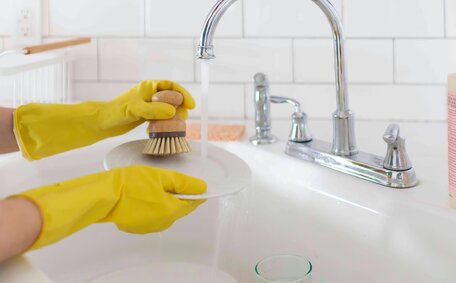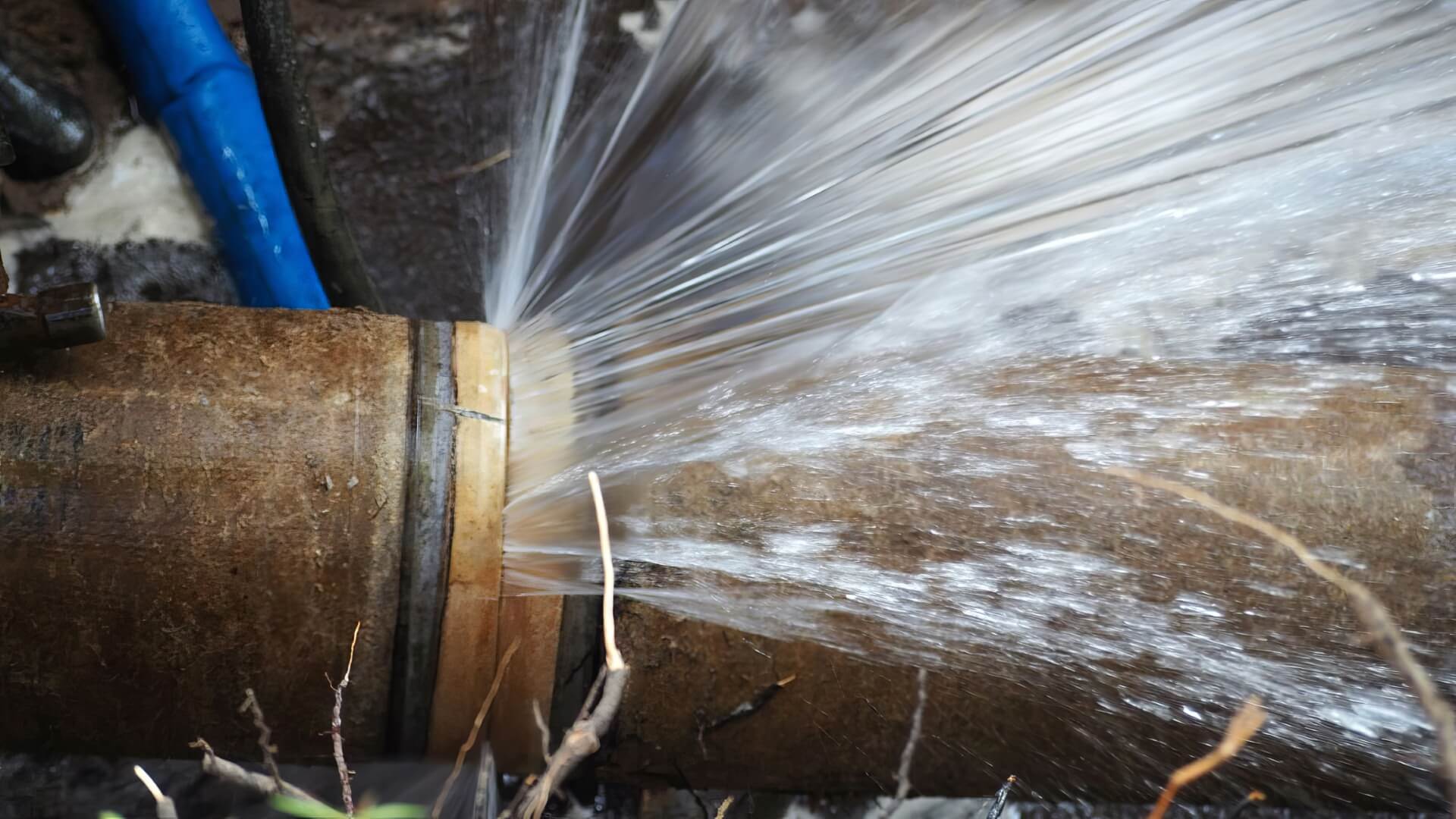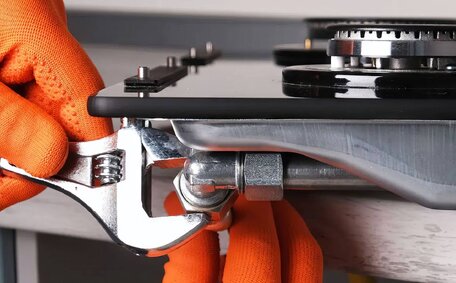Introduction to Safety Relief Valves
Safety relief valves are essential in gas hot water systems. They help manage pressure and prevent potential explosions or other dangerous system malfunctions. Safety relief valves act as a release valve, allowing excess pressure to escape from the system through a discharge line, ensuring safe functionality and longevity.
Regular checks of safety relief valves are vital to maintain system integrity. Understanding how they function allows you to spot issues early and call a professional plumber to service them if needed. This maintains the safety of your home’s plumbing system.
Here at Chatswood Plumbing, we service and repair all aspects of your water heater across Chatswood and in most cases, the greater Sydney area. Our licensed technicians can test your TP valve, troubleshoot any issues and replace parts as part of our comprehensive hot water service, ensuring your system’s long-term safety.
Types of Safety Relief Valves
There are three main types of safety relief valves used in hot water systems:
- Pressure Relief Valves (PRVs) - These valves regulate water pressure by releasing excess pressure above their set limit, commonly 150 PSI.
- Temperature Relief Valves (TRVs) - TRVs open up to release hot water steam and reduce tank temperature if it exceeds the valve’s temperature setting, typically 210°F.
- Temperature pressure relief valves (TPRVs) - As their name suggests, TPR valves monitor both temperature and pressure. They open if either excess pressure (over 150 PSI) or excess temperature (over 210°F) is detected.
All these valve types serve the vital function of preventing dangerous pressure build-ups and overheating inside your water heater tank. Periodic testing of safety valves, recommended every 3-5 years, is crucial for ensuring safe operation.
Faulty water pressure relief valves that fail to open must be replaced to ensure the safe release of excess heat or pressure. This can lead to explosions, scalding water discharge, or other hazardous system failures. Replacing your old TPR valve and other faulty valves that need open is essential.
At Chatswood Plumbing, our licenced technicians provide valve check, water service, and replace new valve across Sydney’s North Shore area. During routine maintenance, we assess valve operation by testing pressure and temperature limits to ensure safety.
Temperature Relief Valves
Temperature relief valves play a critical role in managing the water level and pressure in electric hot water heater tanks by responding to excessive heat buildup. As water gets heated, it naturally expands, causing an increase in pressure. Without a means to release built-up pressure, the tank risk of explosion increases.
Temperature relief valves counteract pressure risks in your tank by opening when water temperature exceeds 210°F. This relief valve ensures the escape of hot water via a discharge pipe, reducing pressure and temperature within the tank to safe levels.
A common hot water heater in the Chatswood area may feature a TPR valve with both temperature and pressure discharge set points, effectively sending excess down drain. If the water temperature hits 210°F or the pressure hits 150 PSI, the valve will open to discharge the excess heat or pressure down the drain line.
Understanding what TPR valve testing entails is crucial for preventing explosions and other hazards. Our licenced Chatswood plumbers can inspect and test your hot water system’s relief valve TPR during scheduled maintenance visits.
We also offer same-day temperature relief valve replacement services in case older valves fail and need to be upgraded urgently.
Pressure Relief Valves
Water heater pressure relief valves serve the vital purpose of protecting systems from excessive internal pressure not related to high temperatures. As cold water flows into a heated tank, it expands. This thermal expansion causes pressure to build up inside the closed system.
Heater open valve, with an outlet pipe in place, is pre-set to open once the internal pressure hits between 150-160 PSI. This allows water to exit the system through a discharge pipe, releasing the extra pressure before it can cause any damage or hazardous failures.
It’s critical to test pressure relief valve functionality periodically by lifting the lever to make sure water should flow freely. Valves that fail to open or discharge water when tested require immediate replacement by a licensed plumber to avoid catastrophic system failures.
At Chatswood Plumbing, Our licenced technicians inspect and test the valve, ensuring your pressure relief needs are met during scheduled hot water system maintenance visits across Sydney’s North Shore region. We also offer emergency pressure relief valve replacement services when older valves fail unexpectedly and need urgent upgrading.
TPR Valves
TPR valves have the critical task of ensuring hot water pressure relief with the valve open response to both excessive pressure and temperature levels inside hot water systems. They combine the key features of standard temperature relief valves and pressure relief valves into one safety mechanism.
When water coming to a temperature goes above the high limit (typically 210°F) or when pressure relief is needed as internal pressure exceeds 150 PSI, the TPR valve will automatically open. This allows hot water to exit through a discharge pipe, releasing the excess heat or pressure before a dangerous failure can occur.
AS/NZS 3500.4:2018 plumbing standards mandate the installation of TPR valves on all storage and tankless water heaters. Correct valve sizing and installation positioning is vital so discharge water can safely exit. There should be valve no positioned to shut off the flow between the TPR valve and the tank.
It is crucial to test your tankless water heater TPR valve at least every five years or as recommended by the manufacturer. Valves that fail the test must be replaced promptly by a licensed plumber. Here at Chatswood Plumbing, our technicians test and replace faulty TPR valves across Sydney’s North Shore region to ensure ongoing hot water system safety.
Proper Installation of Safety Relief Valves
Proper installation of safety relief valves is crucial to prevent malfunctioning due to excessive pressure or temperature.
Safety relief valves must be attached to a discharge line that allows unobstructed flow to a drain, appropriately sloped to facilitate drainage. The discharge tube should be metal or CPVC piping able to withstand high temperatures and let water flow without any shut-off valves or restrictions that could prevent its release.
Temperature relief and TPR valves should ideally be installed directly into the top 6 inches of the water heater tank, secured with a pipe wrench. Pressure relief valves can be plumbed into the cold water supply line going into the tank instead. Proper positioning, sealed with pipe dope, allows valves to accurately monitor conditions inside the system.
General safety relief valve installation steps can also include connecting a garden hose:
- Apply Teflon tape to valve threads
- Screw valve into tank tapping or cold inlet line
- Connect sloped discharge line to valve outlet
- Ensure unrestricted water flow through line
- Test valve by manual operation
Our licensed Chatswood Plumbing technicians know exactly how replace and follow all code requirements when working on safety relief valves for hot water systems. Contact us for professional plumbing services including valve testing and replacement to safeguard your home.
Maintenance of Safety Relief Valves
Regular maintenance, such as inspecting the drain valve, is essential to ensure safety relief valves properly release excess heat or pressure. Valve functionality can be hindered by sediment buildup, corrosion, and mineral deposits.
To maintain safety relief valves:
- Visually inspect valves and discharge lines annually for corrosion or obstructions
- Manually test TPR, temperature, and pressure relief valve operation every 3-5 years by lifting the lever and making sure water flows freely from the discharge line
- Immediately replace any valves that fail the manual test.
- As routine maintenance, replace valves every 5-7 years.
- Install new valves that comply with AS/NZS 3500.4:2018 standards
- Position and connect the discharge line properly so water can exit safely
Faulty safety relief valves that fail to open can cause dangerous pressure increases, potentially resulting in explosions.
Our licensed plumbers can maintain and test your home’s safety relief valves for optimal operation. Contact us to schedule inspections or replacement.
Troubleshooting Faulty Relief Valves
There are several common problems to look out for with faulty relief valves:
- Constant leakage – If the relief valve is constantly valve leaking or dripping, sediment may be trapped, preventing it from fully closing. Lifting and releasing the lever a few times can clear debris buildup.
- Failure to open – Safety relief valves may fail to properly open and release excess pressure or heat when issues arise in the hot water system, putting the system at risk. Manually testing the valve operation will reveal any failure to open your water tank safely.
- Intermittent water discharge – Sudden discharges of water through the relief valve, accompanied by banging noises, indicate a backflow issue due to thermal expansion in the water tank. This requires the installation of a thermal expansion tank.
Any relief valve that fails the manual open/close test must be replaced immediately, so call us for swift assistance. Leakage, corrosion and mineral build-up can prevent smooth operation. Our licenced Chatswood plumbers can troubleshoot and replace faulty relief valves.
Cleaning the seat and testing the lever may temporarily fix minor leaks, but valve replacement is generally inevitable. We prioritize emergency valve replacement in Chatswood when valves fail unexpectedly.
When to Contact a Professional Plumber
There are a few key instances when a professional plumber should be called regarding safety relief valve issues or hot water system maintenance:
- If the valve fails during manual open/close testing in inspections
- When there is leakage, dripping or constant water discharge from the relief valve
- If sediments, corrosion or mineral build-up are obstructing the valve
- For new valve installations compliant with AS/NZS 3500.4:2018 standards
- To test and, if necessary, replace valves as part of system maintenance every 5-7 years
- If any banging noises, sudden discharges of water or other abnormal system noises occur
Chatswood Plumbing’s licensed technicians are skilled in servicing, testing, and replacing faulty relief valves across the North Shore of Sydney. We follow all regulations for emergency repair and maintenance procedures to keep your hot water system functioning safely.
For expert relief valve testing or replacement, dependable maintenance plans and any other hot water system needs, contact the Chatswood Plumbing team today at 1300 349 338 or [email protected].






